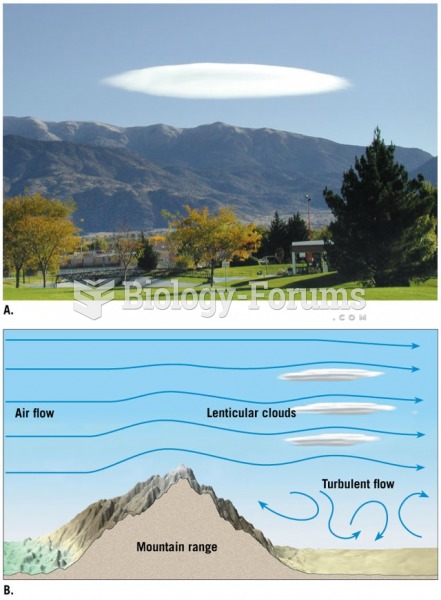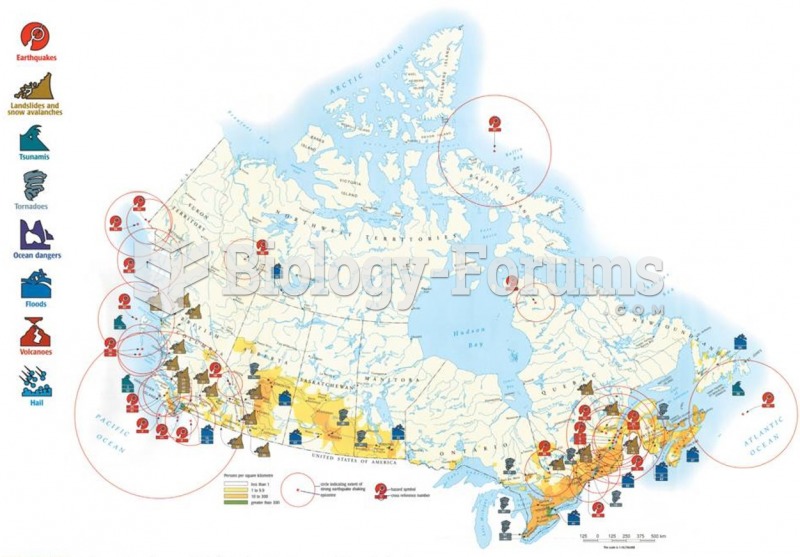Answer to Question 1The largest known reservoir of hydrocarbons on Earth is methane-laced ice crystals, or
methane hydrate, in the sediments of some continental slopes. Methane is formed from the
decomposition of organic matter by microorganisms living in the seafloor sediments. Due to
high pressures and cold temperatures, the methane is trapped within a crystal lattice of interlocking water molecules. Methane hydrates are often found in marine environments in
waters at least 250 meters in depth where they are stable and long-lived. They are not found
in shallower waters along the continental shelf since the lower pressure is not sufficient to
keep them stable, and they are rare in the deep ocean due to the lack of organic material that
reaches the deep ocean floor. When brought to the warm, low-pressure conditions at the
ocean surface, the sediment fizzes as the methane escapes
Answer to Question 2(1) Physical resources result from the deposition, precipitation, or accumulation of useful
substances in the ocean or seabed. Most physical resources are mineral deposits, but
petroleum and natural gas, mostly remnants of once-living organisms, are included in this
category. Freshwater obtained from the ocean is also a physical resource. (2) Marine energy
resources result from the extraction of energy directly from the heat or motion of ocean
water, including wind and current power. (3) Biological resources are living animals and
plants collected for human use and animal feed, including fish and seaweeds. (4)
Nonextractive resources are uses of the ocean in place.
Transportationofpeo pleandcommoditiesby sea,recreation, and waste disposal are examples.
Marine resources can be classified as either renewable or nonrenewable: (1) Renewable
resources are naturally replaced by the growth of marine organisms or by natural physical
processes. (2) Nonrenewable resources such as oil, gas, and solid mineral deposits are present
in the ocean in fixed amounts and cannot be replenished over time spans as short as human
lifetimes







